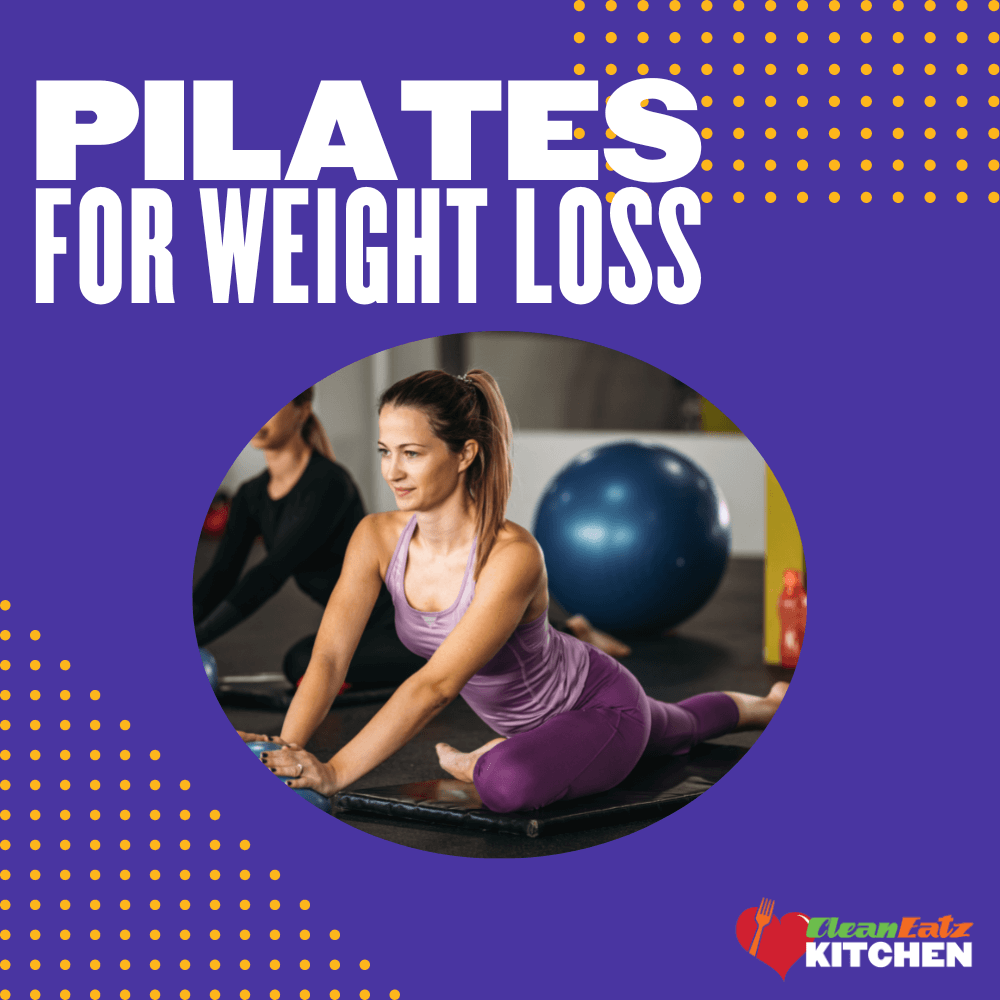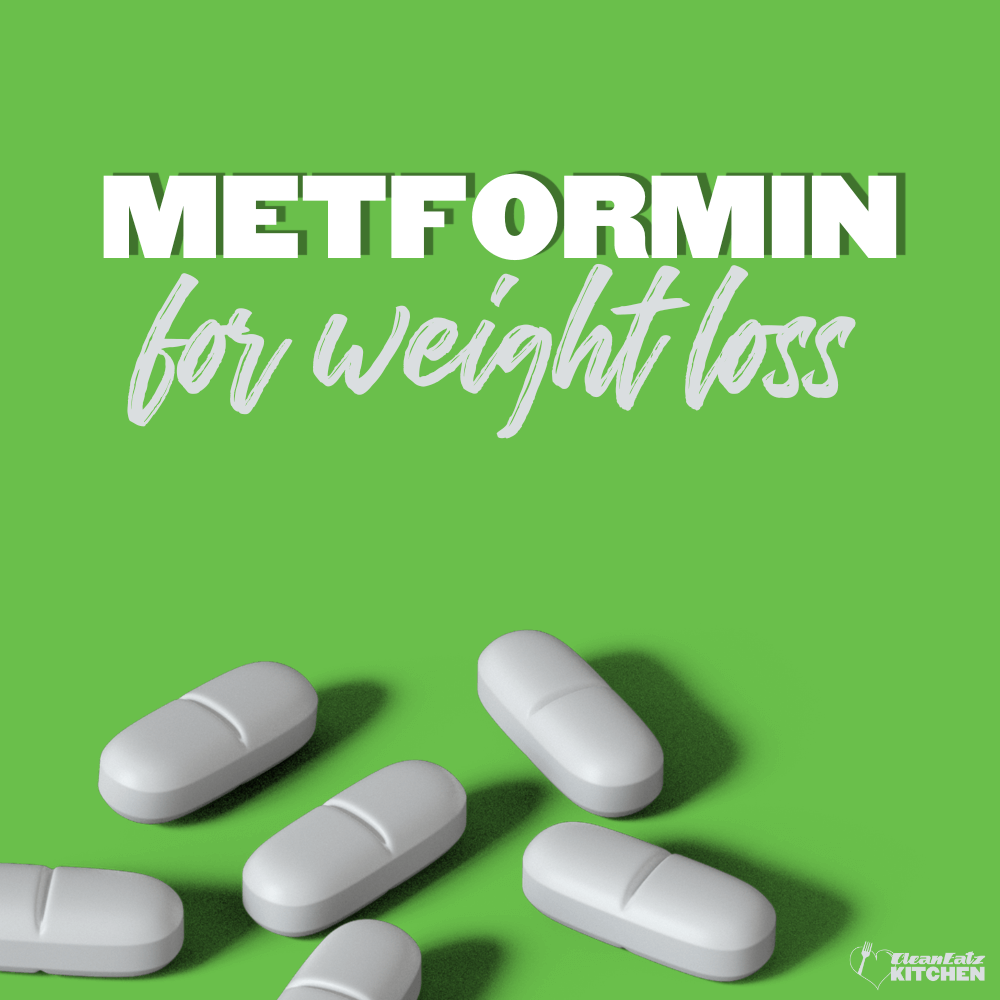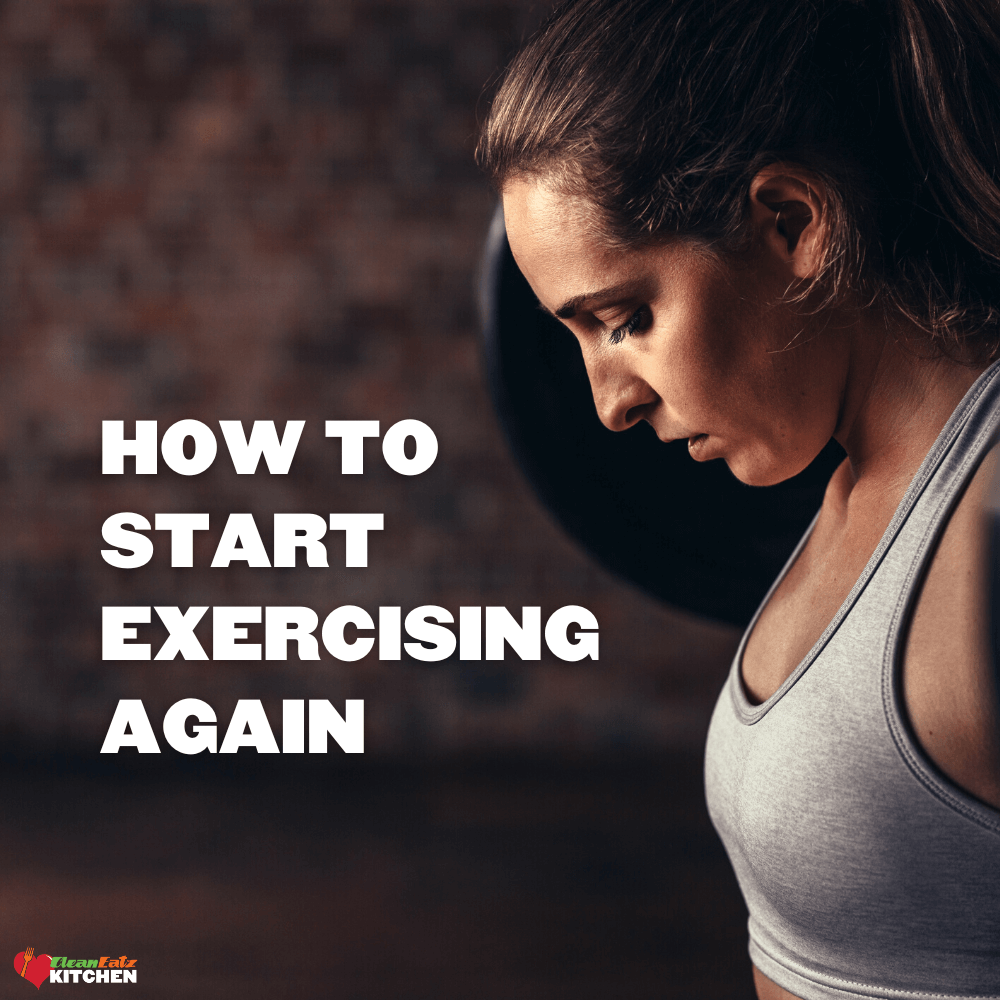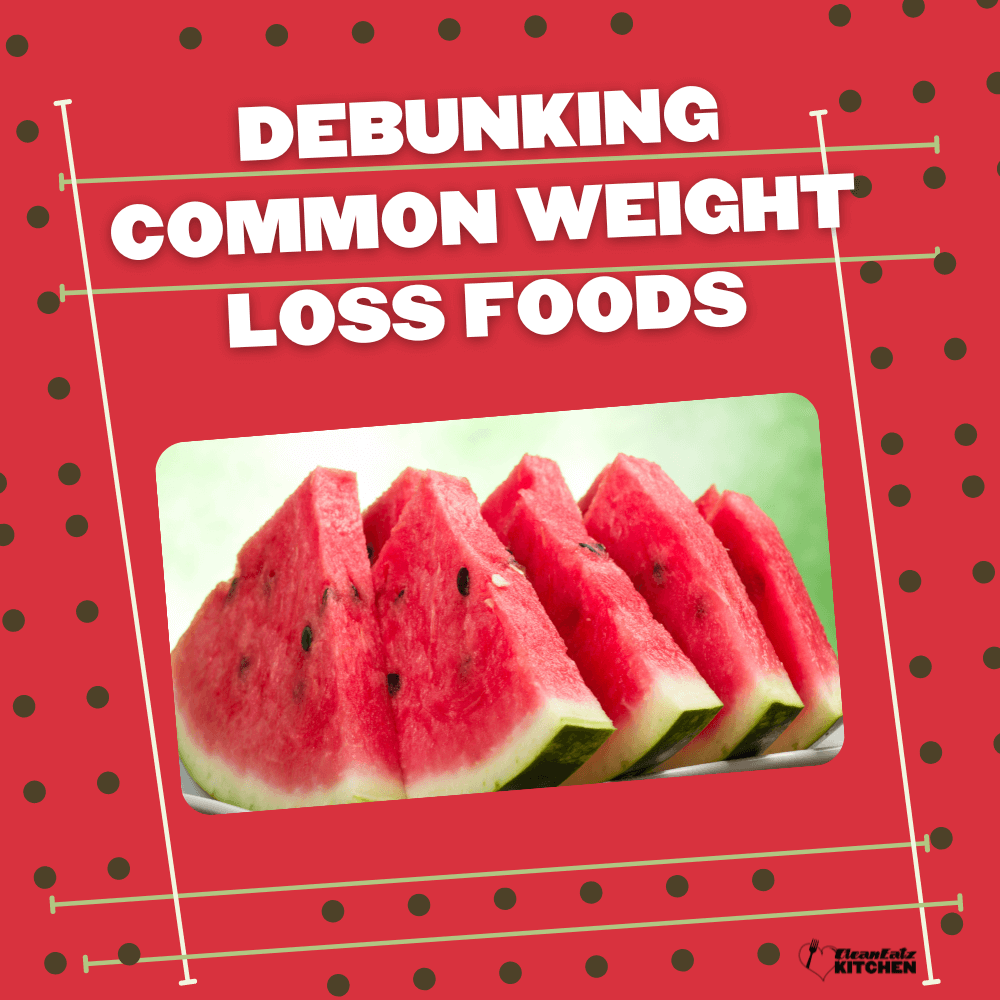
Is Pilates Good for Weight Loss?
Jason Nista
Exercises & Fitness
|
Weight Loss
8 minute read
Pilates has been around for over a century but has gained a lot of popularity in the past decades with celebrities and influencers claiming great health benefits like improved posture, overall strength, and body alignment, preventing or helping rehab injuries. But is Pilates good for weight loss too?
Today we'll go deep into the world of Pilates and look at the following points:
- What are the common types of pilates?
- What research says about its benefits
- if it is really all the good it has been claimed
- how can it improve your life and help you reach all your fitness goals
What Exactly is Pilates?
Pilates is a low-impact methodology of exercise designed to train the whole body by focusing on developing functional and sustainable movement patterns throughout the body with an emphasis on core strength by engaging in postures and alignments that will support a stronger core and a healthy movement that will translate to all your other daily activities.
Pilates can be adapted to suit different fitness levels and weight loss goals, making it suitable for beginners and advanced practitioners alike. Overall, Pilates provides a holistic approach to fitness, focusing on building strength, improving flexibility, enhancing posture, and promoting overall well-being.
What Are The Most Common Types of Pilates?
If you're feeling overwhelmed while choosing a Pilates class to try out, here's some good news: all styles of Pilates are beneficial for strengthening your entire body and improving overall fitness. To make it easier for you to decide, we've provided a breakdown of the main types of Pilates for weight loss.
Mat Pilates: This form of Pilates is performed on a padded mat and focuses on bodyweight exercises, targeting core strength, flexibility, and overall body conditioning. It is a great starting point for beginners.
Reformer Pilates: Reformer Pilates utilizes a specialized piece of equipment called a Pilates reformer. It consists of a sliding carriage, springs, and straps that allow for a wide range of exercises, providing resistance and assistance as needed.
Cadillac Pilates: Cadillac Pilates involves a larger apparatus known as a Cadillac or Trapeze Table. It features a bed-like platform with various bars, straps, and springs for performing a diverse range of exercises, including stretching, strengthening, and spinal alignment.
Chair Pilates: Chair Pilates involves the use of a Pilates chair, which is a compact piece of equipment with a seat, pedals, and springs. It targets the core, upper body, and lower body muscles, offering a challenging workout that improves strength, stability, and balance.
Barre Pilates: Barre Pilates combines Pilates principles with ballet-inspired movements and exercises performed at a ballet barre. It aims to sculpt and tone muscles, improve posture, and enhance flexibility, incorporating elements of dance, strength training, and Pilates techniques.
Tower Pilates: Tower Pilates utilizes a vertical frame with springs, straps, and bars attached to a wall-mounted structure. It offers a full-body workout, combining mat-based exercises with the added resistance and support provided by the springs and straps.
Benefits of Pilates
There have been many health and fitness claims about Pilates and a lot of research has been conducted on them, and perhaps the reason that it has survived the test of time so far is that it does work to improve a lot of them. Here are the main ones that are backed by research:
Muscle Tone and Strength: Pilates has been shown to improve the strength and function of core muscles in various studies. Thus helping with back pain, postpartum, and decreasing pelvic floor dysfunction which can even improve your sex life.
Stress Relief: Pilates incorporates mindful breathing techniques and a focus on body awareness, which can help reduce stress and promote relaxation. Studies have shown that Pilates improves the quality of life by having a positive effect on depression and pain.
Posture Improvement: It has been shown to help improve posture and conditions like a hyperkyphosis (excessive rounding of the upper back and a forward neck). In this way, it also helps with thoracic mobility and respiratory function. It also improves aerobic capacity and cardiovascular function.
Flexibility: It can improve flexibility, mobility, balance, coordination, and proprioception. Which is especially important for the elderly to maintain functional independence and avoid falling.
Increased Energy and Vitality: Pilates exercises stimulate blood circulation, enhancing oxygen flow and boosting energy levels. It can even boost your immunity and improve blood and lymph circulation.
And obviously, as with any form of exercise, there’s one added benefit that might be what we’re looking for in this article. Is Pilates good for weight loss?
Pilates for Weight Loss
Like any other form of exercise, Pilates will make you burn extra calories and thus can promote weight loss. But how effective is it really for weight loss?
A few studies show that even 8 weeks of pilates can have a lot of benefits in promoting weight loss, lowering your BMI, a reduction in body fat percentage, and reducing waist and hip circumferences. Even though it doesn’t burn as many calories as running or doing daily cardio.
And the added fact is that it makes you stronger and improves your posture which will make you more energized and want to move more during the whole day, Which will burn even more calories.
And there’s obviously the fact that if you enjoy your Pilates classes and they are fun for you, there is a much bigger chance that you will stick to it and make it a part of your daily routine and stay consistent which is ultimately the most important aspect and the best tool to getting stronger and losing weight.
In the context of weight loss and effective weight management, it is crucial to highlight the significance of incorporating additional behavioral and habit changes alongside the utilization of a weight loss meal delivery service. Studies have demonstrated that the fat loss and weight management effects of such services were more prominent and noticeable in patients who complemented their meal plans with other lifestyle modifications. This holistic approach, which ensures a caloric deficit through both dietary choices and behavior adjustments, has proven to be particularly effective in achieving sustainable weight loss results.
Final Thoughts
So, is Pilates good for weight loss? Pilates is a fantastic exercise with numerous benefits for everyone. Remember to consult a health professional before starting and progress at your own pace. Seek guidance from a qualified trainer and stay consistent for the best results. If Pilates doesn't suit you, explore other exercises you enjoy. Pair your training with healthy habits for optimal results.
FAQ
Which is better for weight loss yoga or Pilates?
Both yoga and Pilates offer benefits for weight loss, but the effectiveness may vary for individuals. Yoga typically focuses on enhancing flexibility, strength, and mindfulness, while Pilates emphasizes core strength, muscle toning, and overall body conditioning. The best choice depends on personal preferences and goals. It's worth trying both to see which form of exercise suits you better and yields better results.
What type of Pilates is best for weight loss?
Any type of Pilates can contribute to weight loss when combined with a balanced diet and regular exercise routine. However, high-intensity variations of Pilates, such as Reformer Pilates or Cardio Pilates, often involve faster-paced movements and additional cardiovascular elements, making them potentially more effective for calorie burning and weight loss. Nevertheless, the most important aspect is finding a Pilates practice that you enjoy and can commit to consistently.
How often to do Pilates for weight loss?
To promote weight loss through Pilates, it is recommended to aim for at least 2-3 sessions per week. Consistency is key. However, it's essential to listen to your body and avoid overexertion. As you progress and feel comfortable, gradually increase the frequency and duration of your Pilates sessions to challenge yourself and continue seeing results.
How to do Pilates for weight loss at home?
To do Pilates for weight loss at home, you can follow online video tutorials or invest in instructional Pilates DVDs. Ensure you have a comfortable exercise mat and enough space to move freely. Focus on exercises that engage the core, promote muscle toning, and increase your heart rate. Incorporate a variety of Pilates movements, such as planks, leg circles, bridge exercises, and Pilates-inspired cardio exercises like jumping jacks or mountain climbers. Remember to maintain proper form and alignment to maximize the effectiveness of your workout.
What other exercise should I combine with Pilates for weight loss?
To enhance weight loss and overall fitness, consider combining Pilates with cardiovascular exercises such as brisk walking, jogging, cycling, or swimming. These activities increase your heart rate and burn additional calories. Strength training exercises with weights or resistance bands can also complement Pilates by building lean muscle mass, which helps boost metabolism. Aim for a well-rounded fitness routine that incorporates a mix of cardio, strength training, and Pilates to achieve optimal results.
Related Articles
The Effectiveness of Metformin for Weight Loss
6 minute read
How to Start Exercising Again?
10 minute read
Debunking Foods That Are Good for Weight Loss
6 minute read



